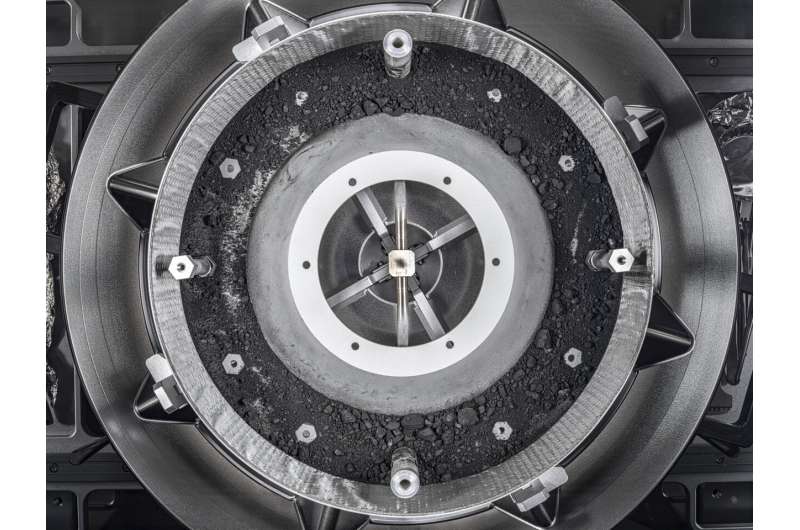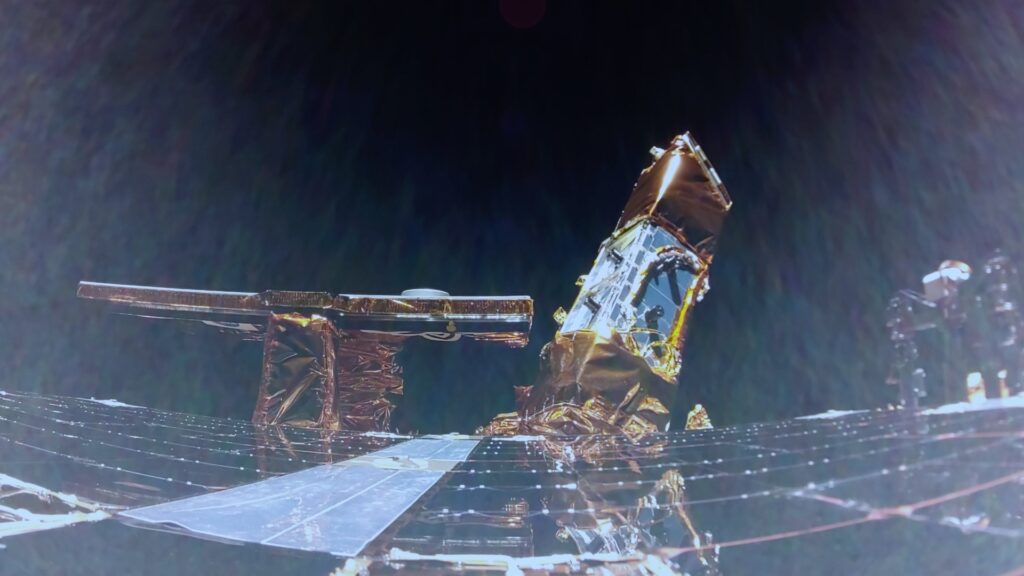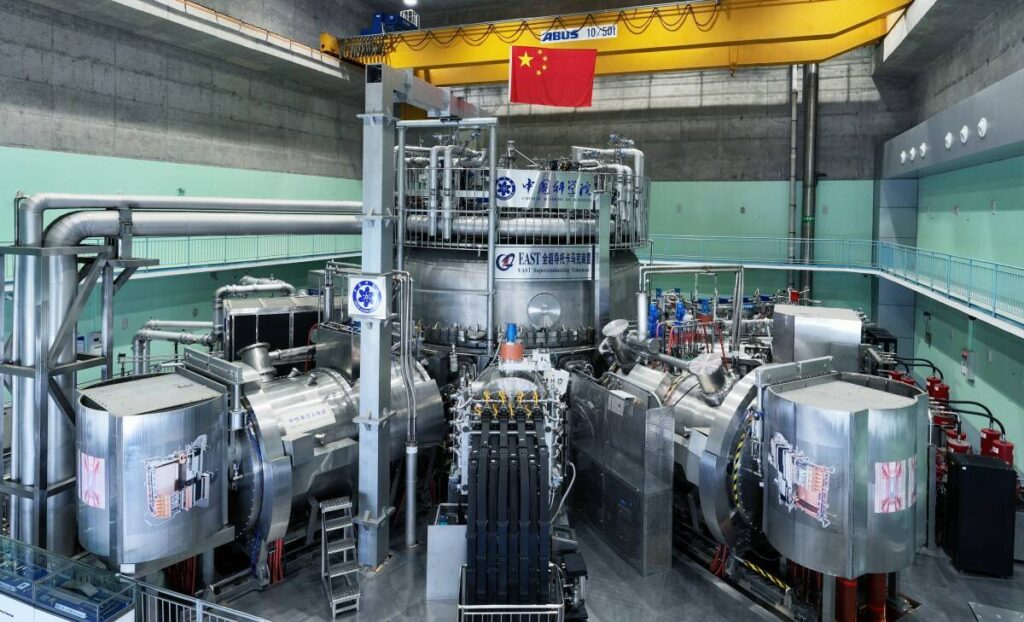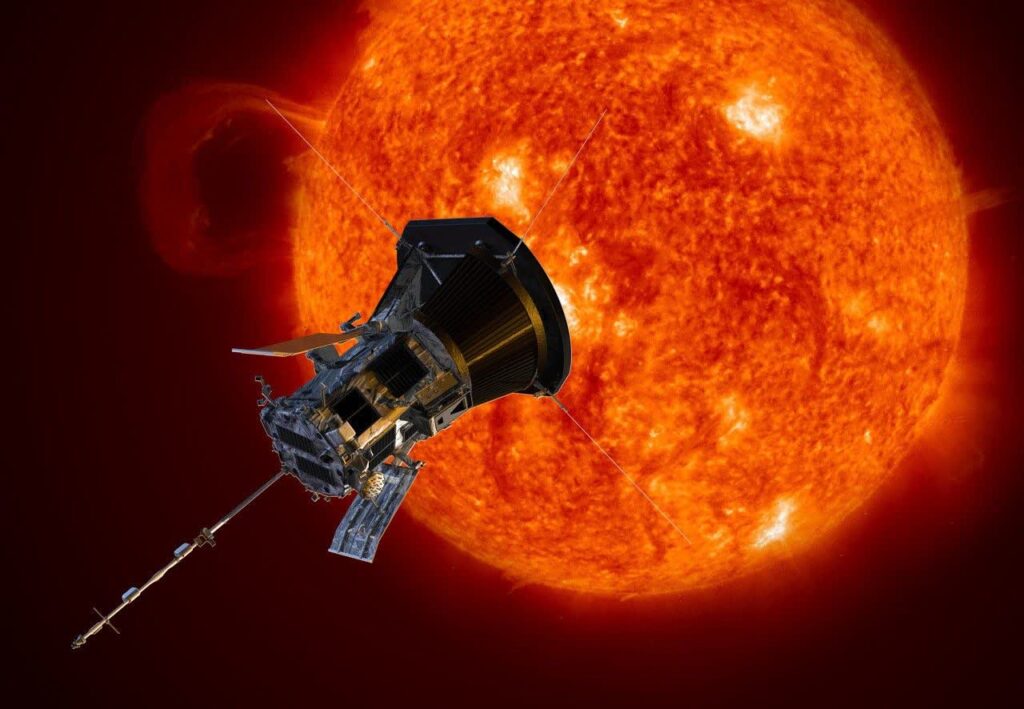This workhorse ISS spacecraft has never looked so beautiful

NASA Space Technology

Northrop Grumman’s Cygnus spacecraftdeparted the International Space Station (ISS) on July 12 after arriving there in February with 8,200 pounds of supplies, scientific investigations, commercial products, hardware, and other essential cargo.
NASA has just shared some stunning images of the Cygnus ahead of its release from the orbital outpost, after which it descended to burn up in Earth’s atmosphere.
The images show the spacecraft from various angles and in extraordinary detail while still attached to the station via the Canadarm2 robotic arm.
????: @northropgrumman‘s Cygnus space freighter is pictured attached to the Canadarm2 robotic arm ahead of its release from the space station. Cygnus was released on July 12 at 7:01am ET, ending its five-and-a-half month stay at the orbiting lab. More pix: https://t.co/2k1R6AqEMs pic.twitter.com/EU8FoXPtQE
— International Space Station (@Space_Station) July 17, 2024
Cygnus began its journey to the space station from the Kennedy Space Center in Florida, launching atop a SpaceX Falcon 9 rocket. This was Cygnus’ first flight on a Falcon 9 as it’s usually lifted to orbit by an Antares 230+ rocket. Antares used Ukrainian-built first stages and Russian rocket engines, and so supply chains have been disrupted by the war there. The Antares 230+ has now been retired and will be replaced by the Antares 330 — developed by Northrop Grumman and Texas-based Firefly Aerospace — which should be ready next year.
The latest Cygnus flight marked Northrop Grumman’s 20th commercial resupply services mission to the station for the American space agency.
The Cygnus spacecraft’s first operational mission took place in 2013 and since then it has suffered only one failure, in 2014, though this was due to an anomaly with the upper stage of the Antares rocket rather than any kind of fault with the spacecraft.

Cygnus comprises a service module and a pressurized cargo module for transporting crew supplies, equipment, and scientific experiments to the space station some 250 miles above Earth.
The service module deploys advanced avionics together with guidance and navigation components that allow Cygnus to autonomously dock with the ISS.
Cygnus has undergone a number of design improvements over the years to enable it to carry more cargo, while engineering enhancements have also boosted other aspects of the vehicle.
![]()
Not so many moons ago, Trevor moved from one tea-loving island nation that drives on the left (Britain) to another (Japan)…
Watch the Starliner spacecraft star in its own aurora video

Boeings CST-100 Starliner launched successfully atop a United Launch Alliance Atlas V rocket on June 5, safely delivering NASA astronauts Suni Williams and Butch Wilmore to the International Space Station (ISS) the following day.
The Starliner, on its first crewed flight to orbit, was originally scheduled for a stay lasting just over a week. But in recent days, NASA announced the spacecraft would stay at the ISS until June 22 to finalize departure planning and operations, and also to carry out engine tests to evaluate the performance of thrusters, some of which played up during the Starliners final approach to the ISS on June 6.
Unusual issue forces NASA to call off ISS spacewalk

NASA astronauts Tracy C. Dyson (left) and Matthew Dominick during spacewalk training in Houston, Texas. NASA
NASAs first spacewalk of 2024 was called off about an hour before it was expected to begin at the International Space Station on Thursday morning.
This is how a NASA astronaut will swab the ISS exterior for microbes

Two astronauts will soon be embarking on NASAs first spacewalk of 2024 at the International Space Station (ISS).
Today, Americans Tracy C. Dyson and Matt Dominick will conduct some maintenance work and also swab exterior surfaces on the stations Destiny and Quest modules for analysis that should determine whether microorganisms released through station vents can survive the external, and very hostile, microgravity environment.
Discover more from Tamfis Nigeria Lmited
Subscribe to get the latest posts sent to your email.



 Hot Deals
Hot Deals Shopfinish
Shopfinish Shop
Shop Appliances
Appliances Babies & Kids
Babies & Kids Best Selling
Best Selling Books
Books Consumer Electronics
Consumer Electronics Furniture
Furniture Home & Kitchen
Home & Kitchen Jewelry
Jewelry Luxury & Beauty
Luxury & Beauty Shoes
Shoes Training & Certifications
Training & Certifications Wears & Clothings
Wears & Clothings
















